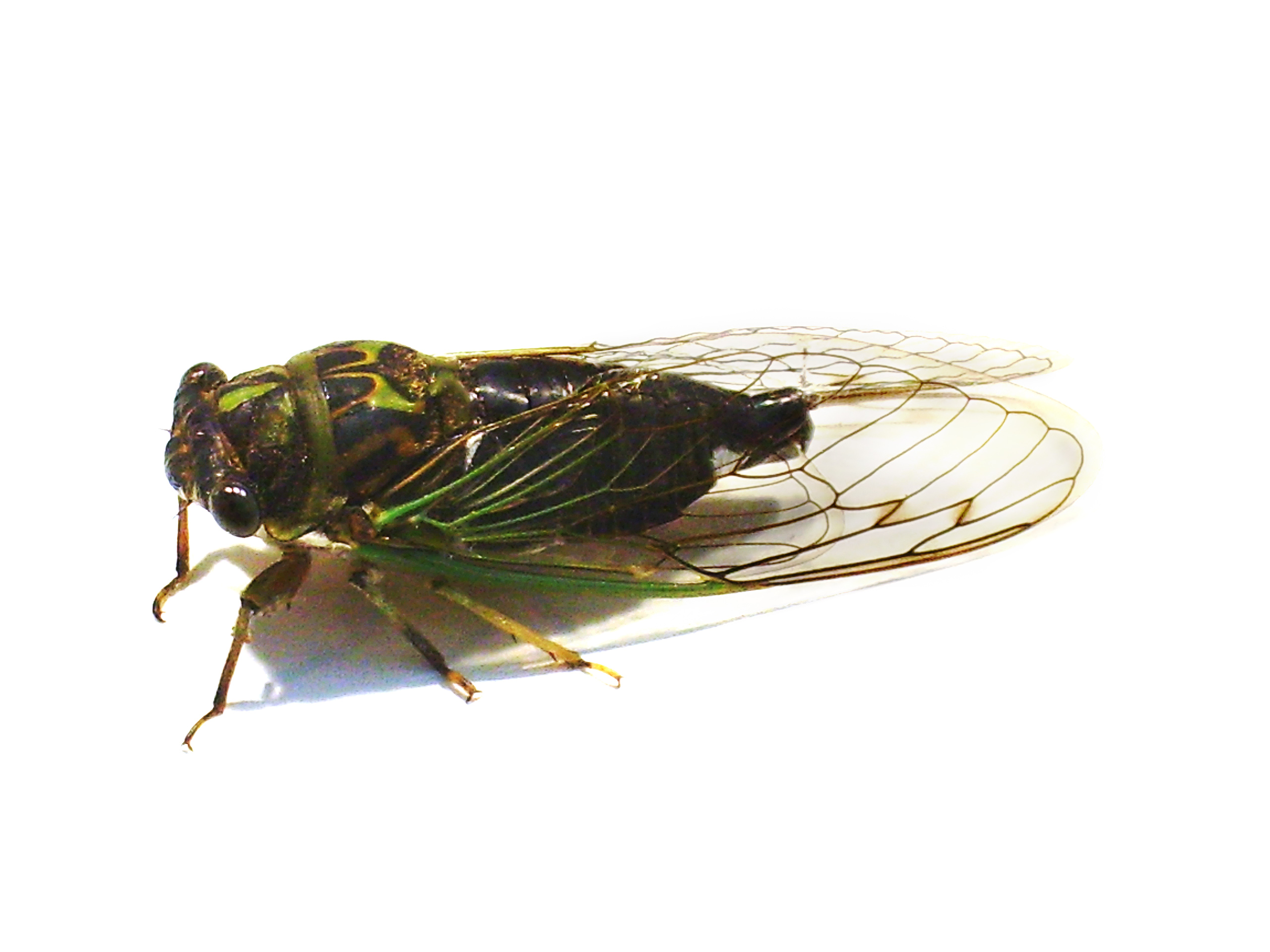Do Joro Spiders Eat Cicadas?
Yummy!
Let’s start out with specifics: We don’t know. Typically, a Joro, like any spider, prefers to eat insects smaller than itself. Mosquitos, stink bugs, yellow jackets, and biting flies. Yum, yum, yum!
Size Matters
A lot of it comes down to size. A typical Joro spider, although larger than most spiders, might not be able to overtake a large cicada. A smaller cicada is another thing altogether.
The Tale of the Tapes
- Joro spider: Joro spiders are known for their large webs, but their body size is actually quite moderate. Their leg span can reach up to 3 inches (8 cm), but their body itself is much smaller.
- Cicada: Cicadas come in a variety of sizes. There are even some species native to Georgia, like the periodical cicadas, that can have a wingspan exceeding 3 inches.
- Large cicada vs. Joro spider: In this case, the cicada is likely too large for the Joro spider to subdue. The cicada’s size and strength could potentially allow it to break free from the web or fight off the spider.
- Small cicada vs. Joro spider: A smaller cicada is more likely to be prey for a Joro spider. The spider’s web and venom would be effective in capturing and incapacitating the cicada.
Size isn’t the only issue. Cicadas have tough exoskeletons. Those will be difficult for the spider to pierce. Without that, no venom. No venom, no lunch for the spider.
Cicada nymphs live underground, and the Joro spider tends to keep its webs a little higher. Should a nymph fall somehow into its web, then that’s all she wrote for the nymph.
That said, the Joro spider is relatively new to the United States, and a lot of research in this regard hasn’t yet happened with conclusive answers. If you see any such research clarifying this, please let us know.
There’s a reason we’re asking this question. The year this page is written, 2024, is expected to be a big year for cicadas. Huge. Mega-huge. Brood XIX, a cicada brood adhering to a 13-year life cycle, will emerge from their subterranean slumber, blanketing parts of the state in a buzzing, chirping spectacle.
The true spectacle unfolds when the sun sets. Driven by an instinctual urge to reproduce, male cicadas will sing their symphony. Utilizing specialized structures called tymbals, they vibrate their abdomens, producing a high-pitched, rhythmic drone that can reach up to 100 decibels – louder than a lawnmower! It’s their mating call. When the mood is on the sound goes up.
Roll Over When You’re Done
While some may find the noise overwhelming, it’s important to remember that it’s a fleeting phenomenon. The peak chorus typically lasts about two weeks, after which the males fall silent, their mission accomplished. Females, having mated, will lay eggs on tree branches, marking the end of their adult lives. The newly hatched nymphs will burrow underground, embarking on their own 13-year journey, and the cycle begins anew.
Cicadas in Georgia
The history of cicada emergences in Georgia stretches back centuries. We’re looking at Georgia because it’s where Joro spiders first arrived.
Native American oral traditions and early European accounts mention these spectacular events. In fact, Brood XIX last emerged in 2011, and before that, in 1998. Interestingly, 2024 marks the first time since 1803 that Brood XIX will coincide with the emergence of Brood XIII, a 17-year cicada brood. This remarkable synchronicity, occurring only once every 221 years, adds another layer of historical significance to the 2024 event.
While the cicada emergence offers a unique opportunity to observe nature’s wonders, it’s important to be prepared. The noise can be disruptive, so consider soundproofing techniques for sensitive areas. Additionally, young trees may be vulnerable to cicada egg-laying, so protective measures might be necessary. However, it’s crucial to avoid using harmful pesticides, as these can harm other beneficial insects and pollute the environment.
Bringing it back to our favorite spider, cicadas have more than a fighting chance against the Joro spider.
Photo by weatherbox on Freeimages.com
The Stuff of Nightmares or Gardens?
Maybe both. As you learn more, the nightmares will disappear.
See our sponsors: American Speechwriter and Tree Fort Books
© Copyright 2024 All Rights Reserved. JoroSpider.com
This site may contain affiliate links so I earn a commission.
Read: The Raging Giant Blue Goldfish - 22 Short Stories



